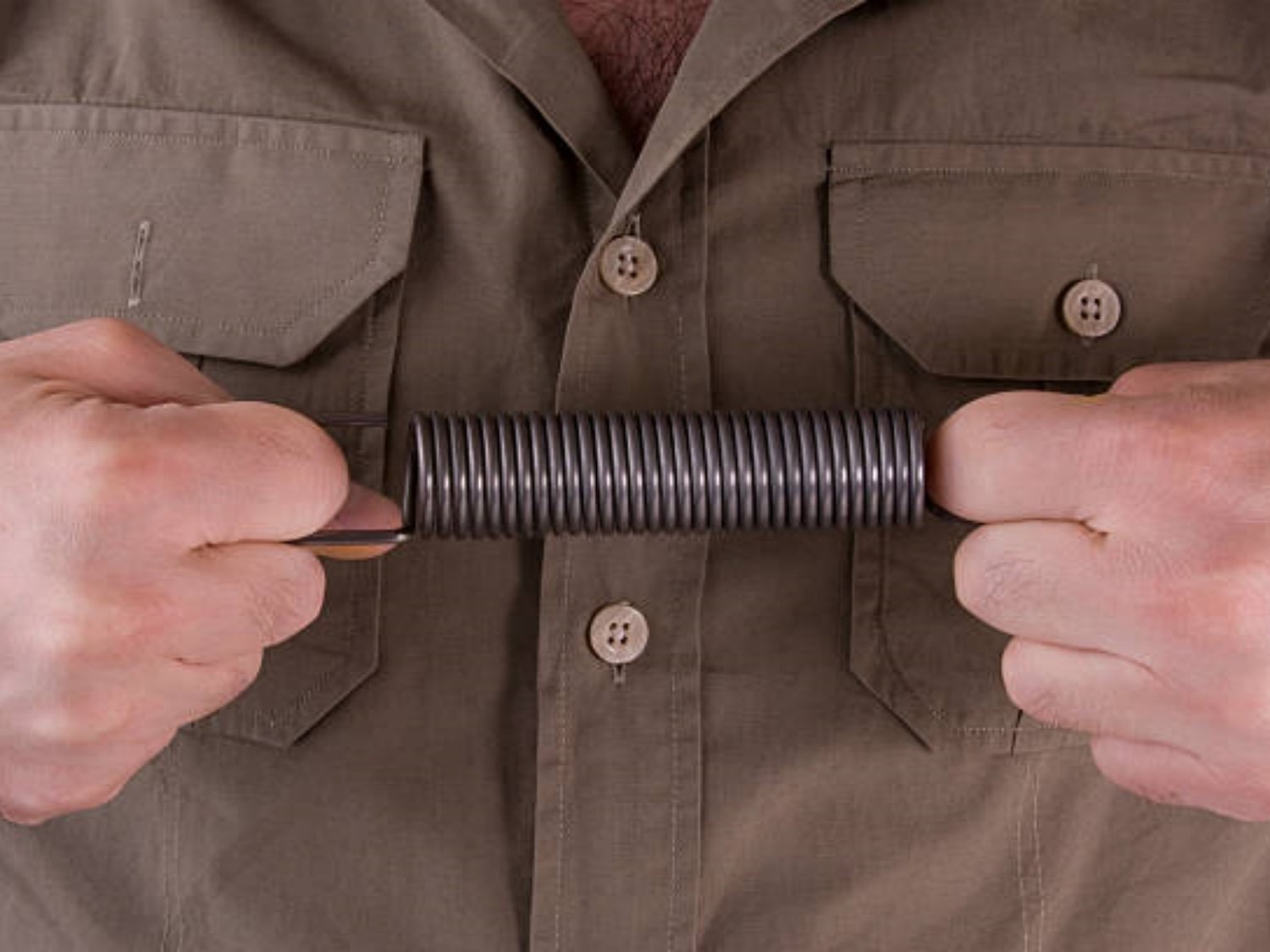What is the difference between a pressure spring and a compression spring??
The Basics of Springs
A spring is a mechanical device that is designed to store and release energy. It is commonly used in a wide range of applications, including automotive, aerospace, and industrial machinery. Springs come in various types, each designed for specific purposes. In this article, we will focus on the differences between pressure springs and compression springs.
Understanding Pressure Springs
Pressure springs, also known as tension springs, are designed to resist stretching when force is applied to them. They work by absorbing and storing energy when stretched, and then releasing it when the force is removed. Pressure springs are commonly used in applications where a pulling or stretching force is required, such as in door hinges, garage door mechanisms, or trampolines.
The Mechanics of Compression Springs
Compression springs, on the other hand, are designed to resist compression or squeezing. They work by absorbing energy when compressed and then releasing it when the force is removed. Compression springs are used in a wide range of applications, including automotive suspension systems, mattresses, and mechanical pencils.
Design and Shape
One of the key differences between pressure springs and compression springs lies in their design and shape. Pressure springs are typically helical in shape, meaning they are coiled tightly and are under constant tension. On the other hand, compression springs are also helical but are designed to be compressed, meaning they are coiled more loosely and are under constant compression.
Direction of Force
Another important distinction between pressure springs and compression springs is the direction in which the force is applied. Pressure springs are designed to resist force applied in the direction of their length. They are stretched or pulled apart. In contrast, compression springs are designed to resist force applied in the direction of their axis. They are compressed or squeezed together.
Applications of Pressure Springs
Pressure springs find their application in various industries. They are commonly used in mechanical systems where a pulling or stretching force is required. For example, they are used in garage door mechanisms to counterbalance the weight of the door, ensuring smooth and controlled movement. Pressure springs are also commonly found in trampolines, where they provide the necessary tension for a bouncing effect.
Applications of Compression Springs
Compression springs have a wide range of applications due to their ability to absorb and release energy when compressed. They are commonly used in automotive suspension systems, where they help absorb shocks and vibrations. Compression springs are also used in mattresses to provide support and comfort. Additionally, they are found in various household items, such as mechanical pencils, to control the movement of certain parts.
Materials Used
Both pressure springs and compression springs can be made from a variety of materials, including steel, stainless steel, and various alloys. The choice of material depends on factors such as the application, required strength, and environmental conditions. Steel springs are commonly used for their durability and strength, while stainless steel springs are preferred for their corrosion resistance.
Choosing the Right Spring
When selecting between a pressure spring and a compression spring for a specific application, it is essential to consider factors such as the required force, direction of force, available space, and environmental conditions. Consulting with a spring manufacturer or engineer can help ensure the right type of spring is chosen to meet the specific requirements of the application.

